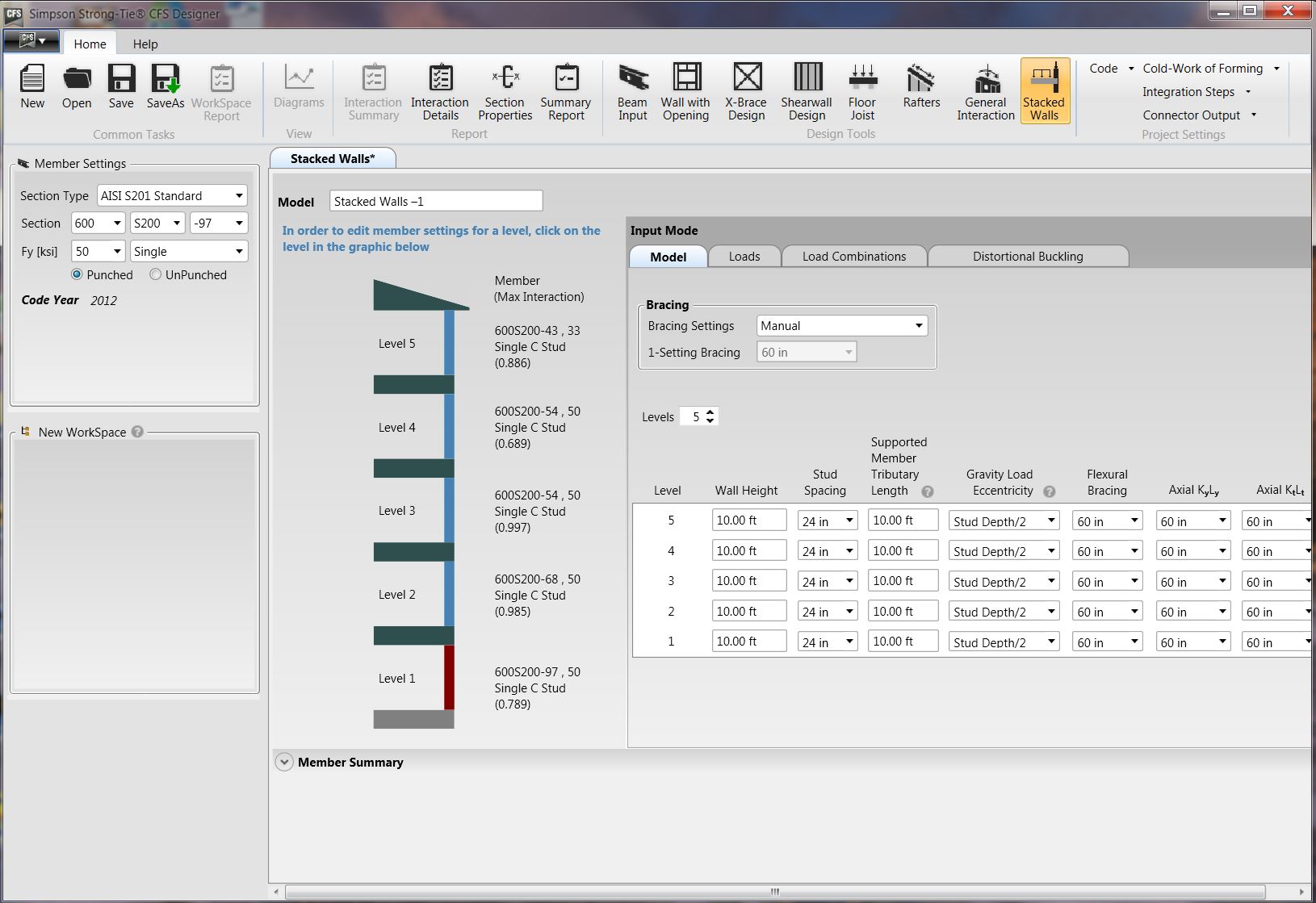

The build test procedures run on the ASIST ground system. The build test include the FSW headers files so the test adapt to the mission customizations. The cFS unit test use the configuration parameters, but they are not design to test all permutations of the configuration options.
Cfs software code#
The FSW source code uses compile-time and run-time configuration parameters to customize the source code. The FSW subsystem and detailed requirements are parametrized to support mission tailoring. The “engineering V” shown below highlights the cFS lifecycle artifacts. A primary goal was to enable portability across embedded computing platforms and to implement different end-user functional needs without the need to modify the source code.

They identified system and application level variation points to address the range and scope of the flight systems domain. The team considered the entire FSW lifecycle including in-orbit FSW sustaining engineering, as they performed their analysis. redundant components, varying orbits, different operational communication scenarios, etc.) provided valuable insights into what drove FSW commonality and variability across the missions. The diversity of the heritage missions (single vs.
Cfs software software#
In January 2015, NASA released the entire cFS software suite as open source under the NASA Open Source Agreement (NOSA).Īlthough the cFS was incrementally developed and released, the initial effort started with a team of senior engineers that performed a structured heritage analysis of missions covering more than a decade. The core Flight Executive (cFE) including the platform abstraction layer were first used on the Lunar Reconnaissance Orbiter (LRO) launched in 2009 and the initial suite of cFS applications was first used on the Global Precipitation Measurement (GPM) spacecraft launched in 2014. The cFS components were incrementally developed and publically released. The NASA Goddard Space Flight Center (GSFC) initially developed the cFS over many years based on a rich heritage of successful missions. Previous workshop presentations can be found at FSW Workshop.

There are also several technical cFS presentations throughout the workshop. We discuss current programmatic/technical status and strategic plans. The cFS team holds an annual cFS Workshop in conjunction with the FSW Workshop led by the Johns Hopkins Applied Physics Lab and NASA’s Jet Propulsion Laboratory. OSK is an open source cFS distribution that includes the cFS, COSMOS, and 42. The cFS Framework will include specifications that allow Component Suppliers to develop and publish components: applications, platforms, and tools. As a result, they are extremely reliable and they provide functionality that may not be obvious to engineers and scientist new to space systems.Ī NASA multi-center configuration control board (CCB) maintains the cFS Framework. These applications evolved over many missions incorporating lessons learned over the entire spacecraft/FSW lifecycle including spacecraft integration & test, operations, and in-orbit maintenance. NASA released a suite of applications that provide functions common to most spacecraft. A typical spacecraft FSW system may have 20 to 30 applications regardless of whether it is a CubeSat or a “great observatory”. Just as with a user’s mobile phone, applications provide the majority of a mission’s functionality. In addition to the obvious benefit of application reusability across missions, this architecture provides an application path-to-flight from a desktop technology demonstration environment to aerial and space platforms. As a result, the same cFE and application source code can run on different processor/OS platforms unlike the mobile phone industry that requires separate application development efforts for each platform. The cFS Platform Abstraction layer defines two Application Programmer Interfaces (APIs) that isolate the cFE from the processor and operating system implementation details. There is a wide range of embedded processor boards available to host the FSW and several parameters including size, weight, power, cost, and software support that drive the selection. Developing spacecraft flight software (FSW) is a complex and challenging task.


 0 kommentar(er)
0 kommentar(er)
